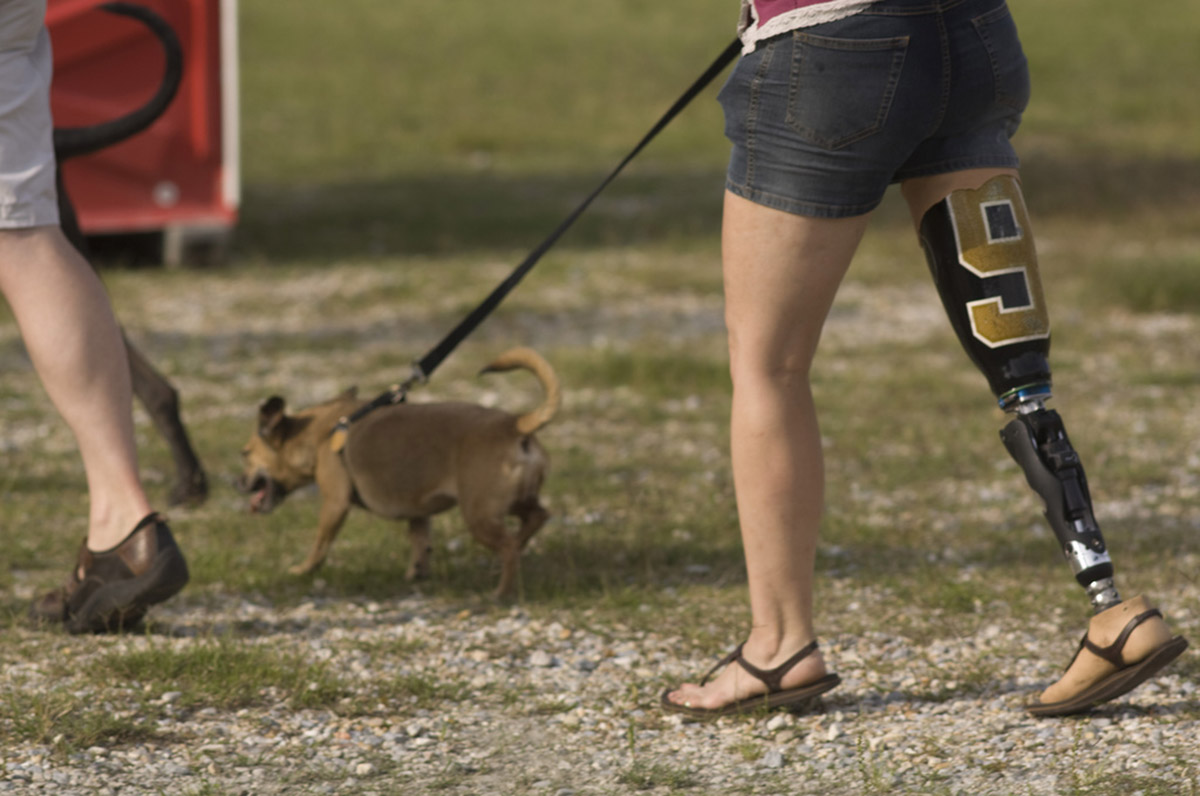Table of Contents
Many amputees are troubled by “phantom limb pain,” sensations of pain and discomfort that seem to emanate from the limb that’s no longer there. This can be psychologically distressing, and feel like a cruel irony. But the level of actual pain can be really intense too. Many sufferers say they have trouble sleeping, heavy pain meds often don't touch it and the psychological toll of serious pain can be extreme. After all, the limb might be phantom but the pain is all too present, all too real.
Mr Rangger was a major sufferer. “I was barely able to walk with conventional prostheses,” he recalss, adding that he “didn’t sleep more than two hours a night and needed morphine to make it through the day.”

In addition to pain, amputees experience other phantom limb symptoms including tingling, cramping, heat and cold, and though formany people who have lost a limb the pain gradually decreases, the consensus is that if it continues for more than six months it’s unlike;ly ever to fully disappear and can remain very severe.
It’s been hypothesised that the pain in phantom limb pain is actually the sensation of nerves that are seeking the stimulation that should be there, but isn’t because the limb is no longer there.
And to judge by Mr Rangger’s experience, the new prosthetic method that has left him able to run, climb and cycle has borne out that hypothesis.
Mr Eggers points out that Mr Rangger “is a very differnt person now to the one I met in 2012,” when “he never laughedand he had these dark rings under his eyes.It was awful.”
Within a few days of the operation, though,the pain vanished. Mr Strangger doesn’t need morphine any more, and can sleep for the first time since he lost his leg.
As in Mr. Rangger’s case, phantom limb pain can mean a life disrupted by lack of sleep and pain meds as much as by the pain itself, and thre was little hope of medical intervention because the pain wasn’t due to any treatable cause. How can you treat something that’s by definition not there?
Mr Eggers points out: “People with amputations aren’t patients in the traditional sense, they aren't sick – they're just missing a limb.”
The Future Of Prosthetics
In light of the changes his new procedure has brought to Mr. Rangger’s life, Mr Eggers is seeking business funding for a program to begin producing his new prosthesis on a wider scale. Unit cost is about $11,000 to $33,000, but Mr Eggers sees applications for the device in the developed worlkd and oin the developing world, pointing out that post-surgery recovery is quick because moving nerves is relatively non-invasive, and there are no known health risks associated with it: ‘The only risk is that the nerves don’t reconnect properly and the feelings fail to return,” he says.
READ Smart Prosthetics Will Make Life More Comfortable For Amputees
It’s likely that Mr Eggers’ procedure or one like it will become standard practice for limb loss.
- Photo courtesy of Derek Bridges via Flickr: www.flickr.com/photos/derek_b/6887686470
- Mind map by SteadyHealth.com
- Mind map by SteadyHealth.com


Your thoughts on this